BOISE, Idaho — Did you know that Garden City gets its name from the many gardens and farms that flourished throughout the area along the Boise River? But as our cities have grown, there are fewer gardens and less habitat for pollinators like honey bees and other native bees.
Today on ‘You Can Grow It’, garden master Jim Duthie takes us to a special garden in Garden City, one of several located throughout the Treasure Valley, to show examples of what you can do in your own home landscape to provide beauty, as well as much-needed habitat for these essential pollinators.
Next to the Garden City Library, on the edge of River Pointe Park, is a garden bursting with colorful blooms and enchanting scents. It is one of many gardens in the area specifically created to attract pollinators, especially bees.


“We all know how important pollinators are to the production of flowers and food," Jim said, "and here’s a great way to learn more about which plants will attract more pollinators to your garden, and provide additional healthy habitat for them to flourish."
While strolling through the lush gardens, you will encounter many different colors, textures and fragrances from the dozens of varieties of flowering plants, shrubs and grasses.

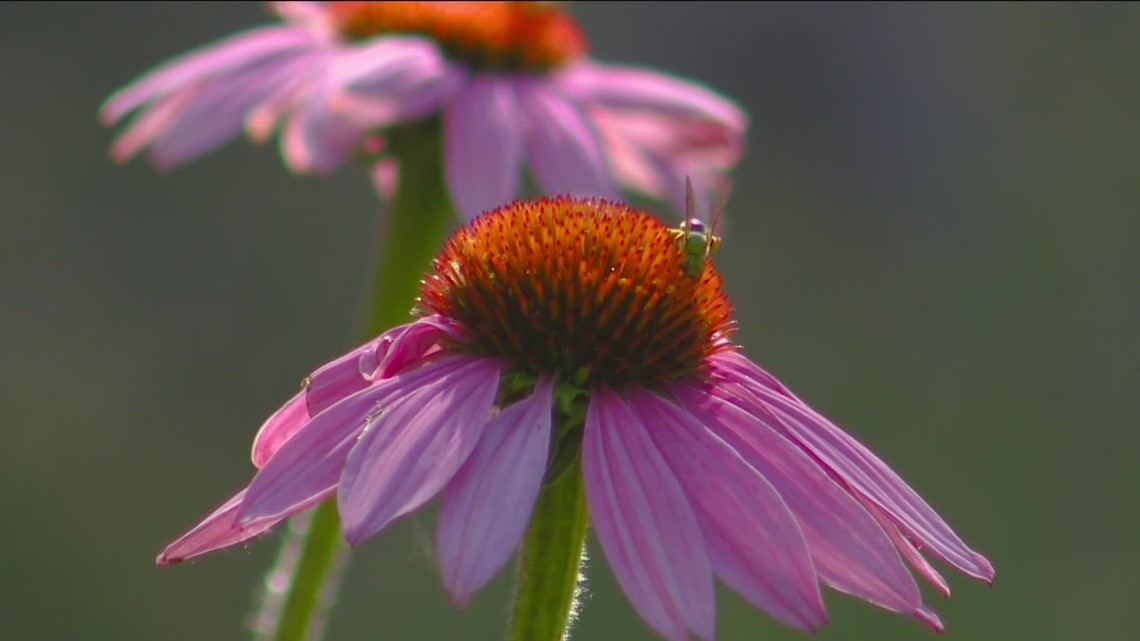
A favorite for many is the ruby star purple cornflower, also known as echinacea. Bees love these upright, flat flowers which can be as large as 5 inches across. They’re also a great choice for cut flower arrangements.
In these park gardens, you’ll find a variety of bee species, from honey bees and bumble bees, to cutter, mason, and carpenter bees.

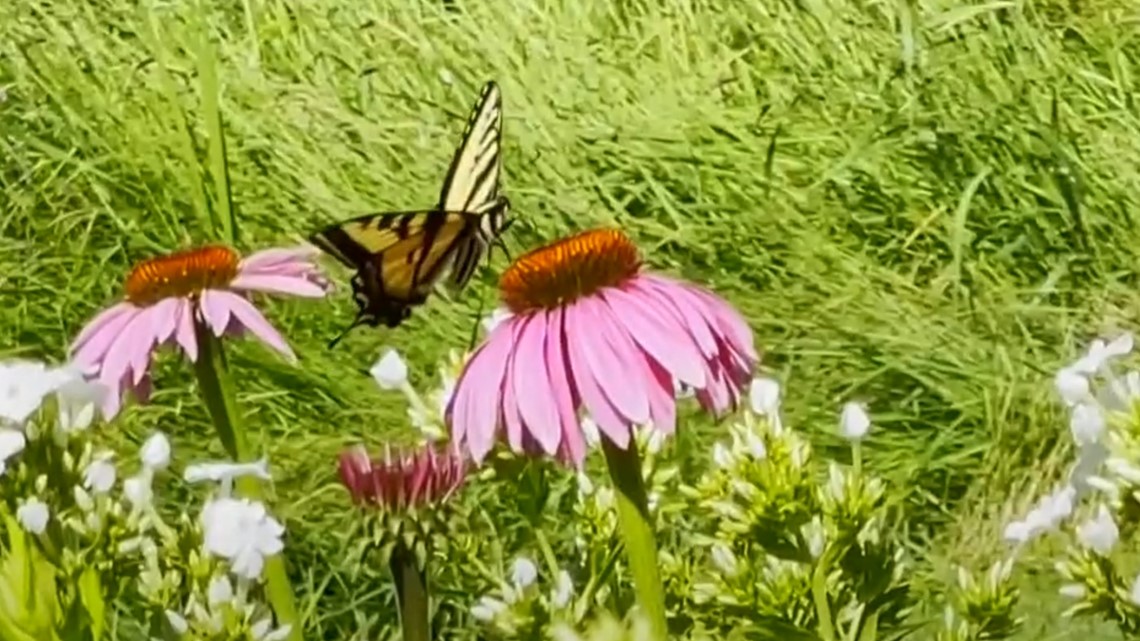
Cornflowers also attract yellow swallowtail butterflies, which tend to have an affinity toward pink and purple blossoms. The swallowtails extract nectar and spread pollen from flower to flower. And unlike most other butterfly species, swallowtails continue to beat their wings while feeding on the nectar.


The common white butterflies, which are smaller than their swallowtail cousin, seem to prefer lavender, with its strong and soothing scent. Lavender’s blossoms, called bracts, grow on thin, upright stems, and it thrives in our southwest Idaho climate.

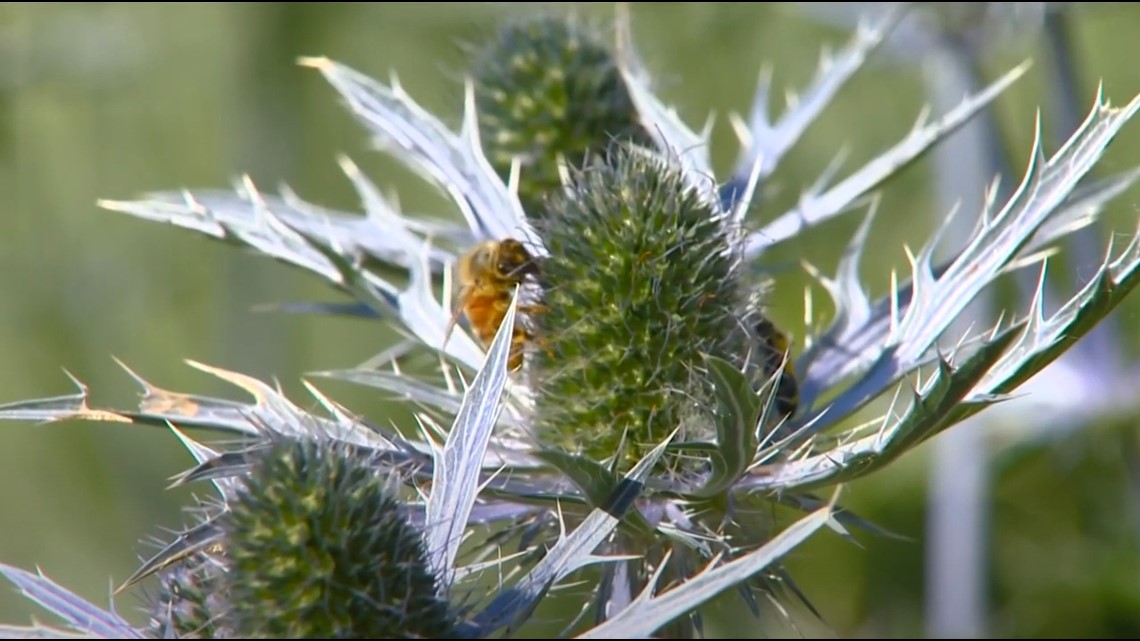
For some different colors and textures, consider a blue star sea holly. The tall stems are topped by silvery-blue flowers with prickly, feathered petals that surround a thimble-like cone in the center. Not only do the bees love it, but so do black and red beetles.

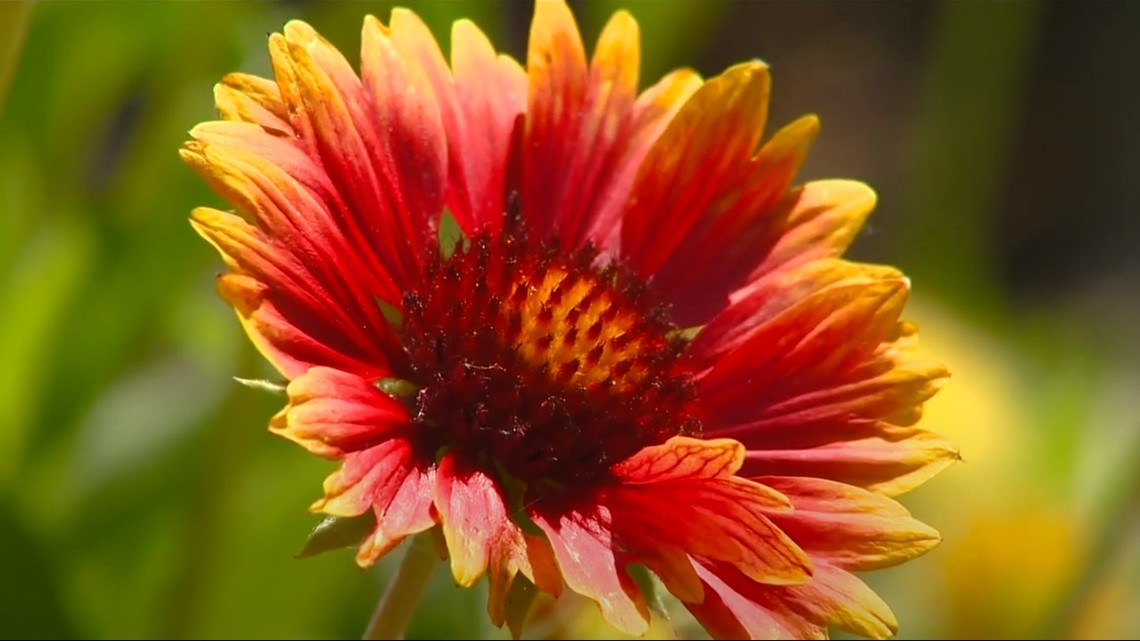
If you like daisies, you’ll love growing gaillardias, more commonly known as blanket flowers. They thrive in hot, dry climates. This variety is called Indian Blanket because its brightly-colored flowers resemble the color pattern of native Indian blankets.

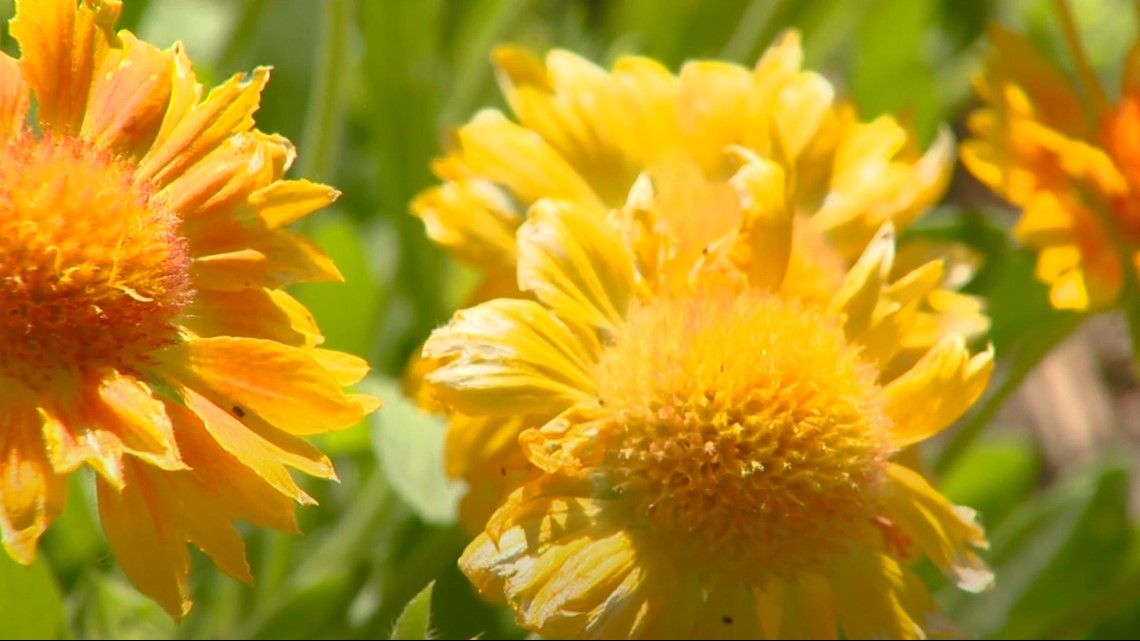
There is also a yellow variety. Blanket flowers grow in places where other flowers wilt from the heat, and they’ll bloom for months on end throughout the growing season.

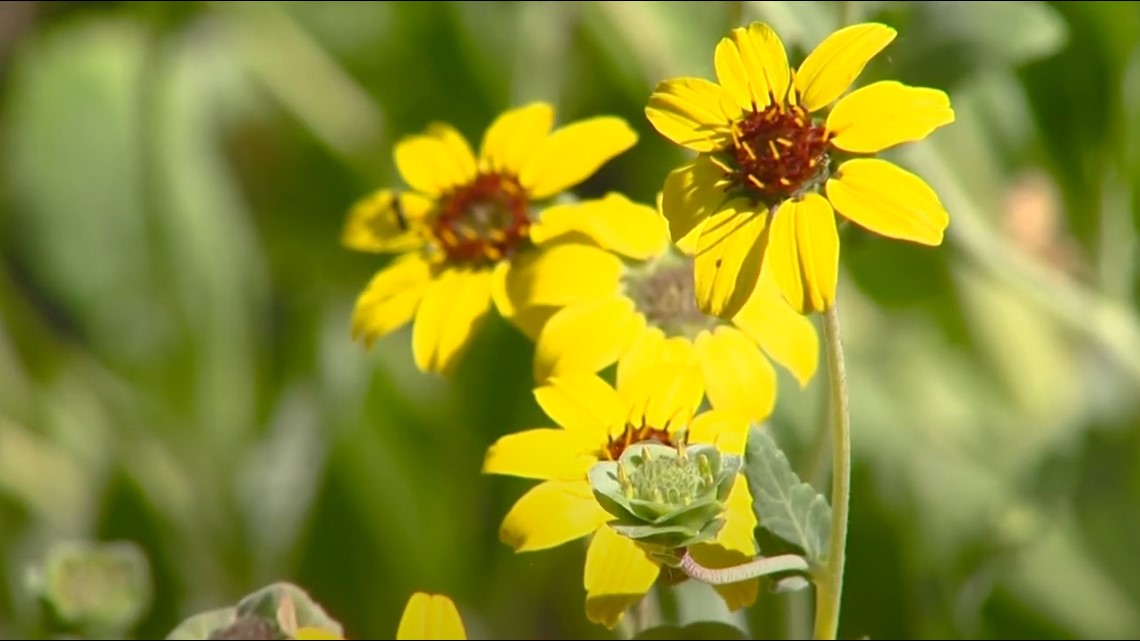
Want something with an irresistible smell? The chocolate flower is a small yellow daisy-like perennial that puts out a delicious chocolaty scent. They grow well in flower beds and in containers.

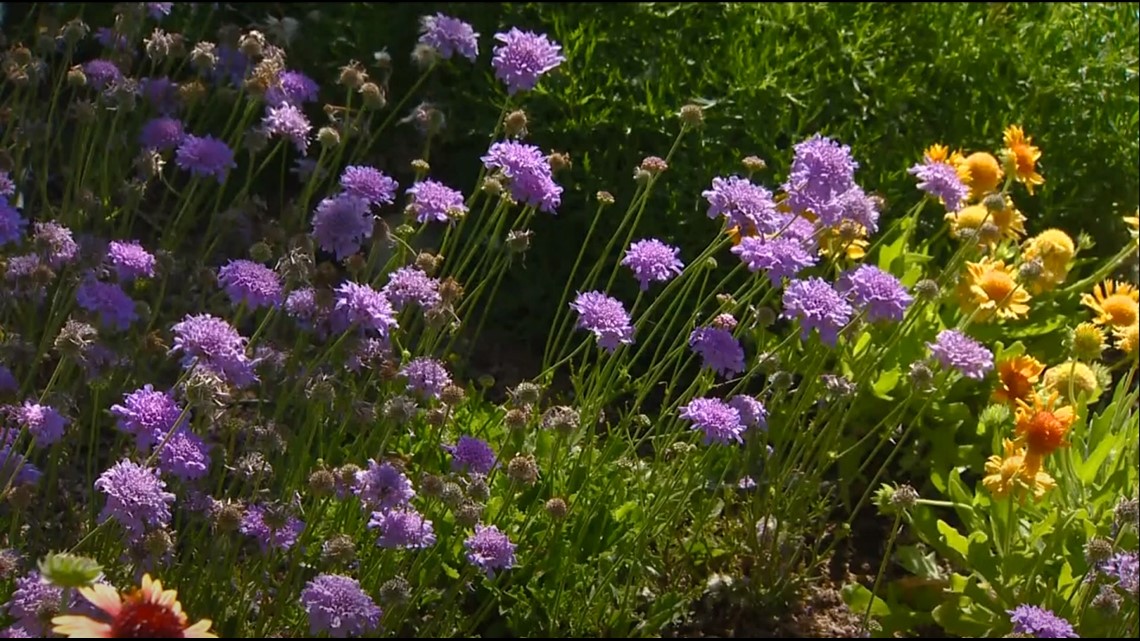
Vivid violet pincushion flowers will bloom continuously from spring until the first frost.

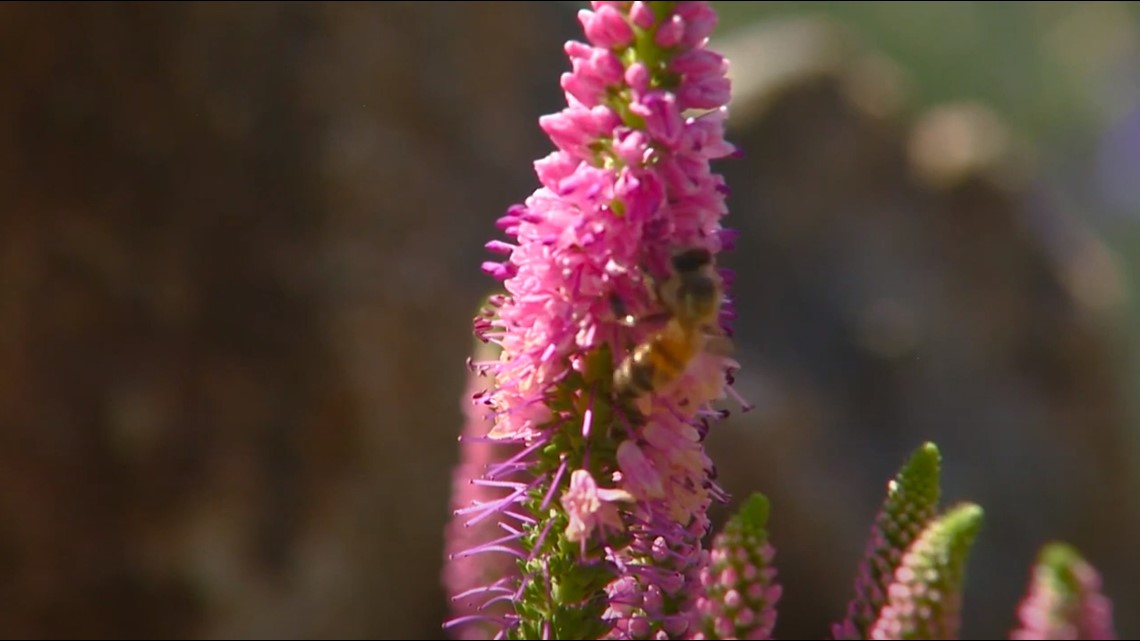
Hyssop, also known as hummingbird mint, will attract a stream of hummingbirds, butterflies and bees. The leaves have a licorice scent, and the tall stalks add a nice vertical line to your garden.

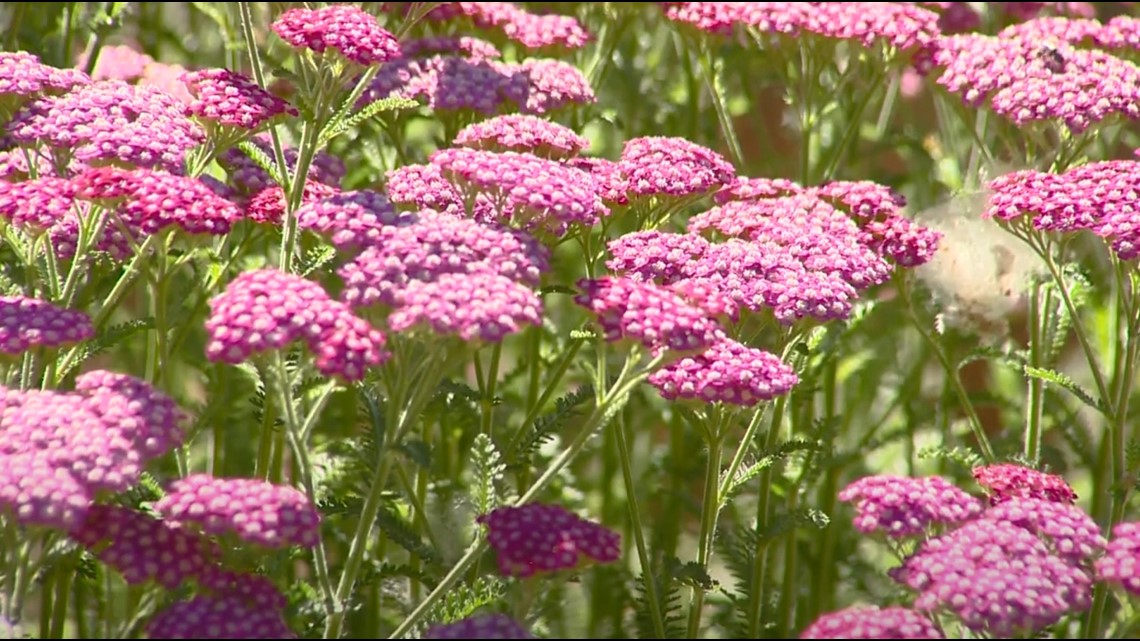
You can also bring some native Idaho flowers into your garden. This summer Wine Yarrow produces a mass of wine-red flowers with tiny white specks that grow in clusters that bloom throughout the summer. Later in the season, they’ll fade to a dusty pink, a nice contrast to the dark green leaves.


Penstemons are one of Idaho's most prolific wildflowers. This purple rocky mountain beardtongue variety bears an array of snapdragon-like blooms, and their tube-like shape is especially attractive to hummingbirds.
“So check out some of the colorful plants in full bloom at the various pollinator gardens at parks around the treasure valley," said Jim. "Not only will you learn more about the beautiful plants and flowers that you can add to your own garden, but you’ll be helping out the bees, butterflies and other pollinators with the essential habitat that they need.”
Watch more You Can Grow It:
See them all in our YouTube playlist here:

